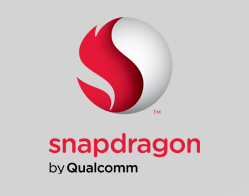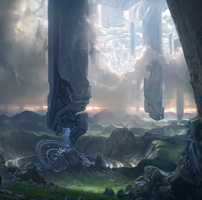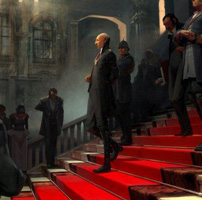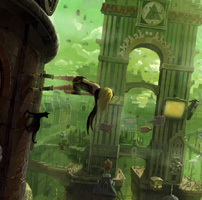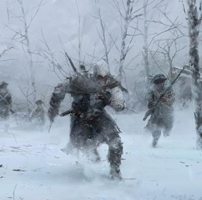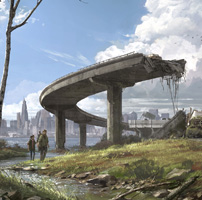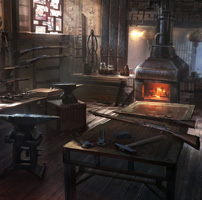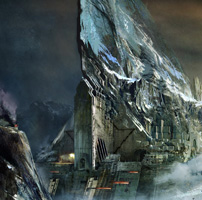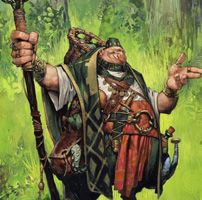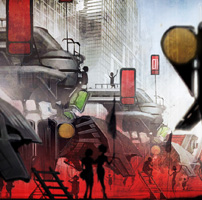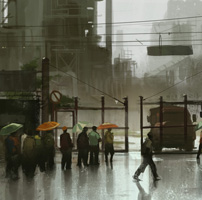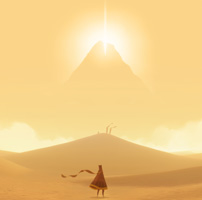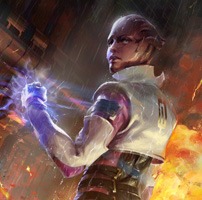- Event Overview
- Programming Line-Up
- Networking Events
- Conference Theme
- Venue & Hotel
- Tips for #DICE2025
- Social Media Assets
- Schedule
- Sponsors
- Videos
- 2025 Summit Videos
- 2024 Summit Videos
- 2023 Summit Videos
- 2022 Summit Videos
- 2020 Summit Videos
- 2019 Summit Videos
- 2018 Summit Videos
- 2017 Summit Videos
- 2016 Summit Videos
- 2015 Summit Videos
- 2014 Summit Videos
- 2013 Summit Videos
- 2012 Summit Videos
- 2011 Summit Videos
- 2010 Summit Videos
- D.I.C.E. Europe
- D.I.C.E. Awards
- Archives
- Past News
- DICE 2024 Archive
- DICE 2023 Archive
- DICE 2022 Archive
- DICE 2020 Archive
- DICE 2019 Archive
- DICE 2018 Archive
- DICE 2017 Archive
- DICE 2016 Archive
- DICE 2015 Archive
- DICE 2014 Archive
- DICE 2013 Archive
- DICE 2012 Archive
- DICE 2011 Archive
- DICE 2010 Archive
- DICE 2009 Archive
- DICE 2008 Archive
- DICE 2007 Archive
- DICE 2006 Archive
- DICE 2005 Archive
- DICE 2004 Archive
- DICE 2003 Archive
- DICE 2002 Archive
- Mailing List
2012 D.I.C.E. Summit Speaker Spotlight Q&A
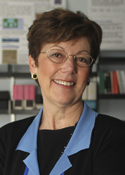 Dr. Delores M. Etter
Dr. Delores M. Etter
Executive Director
Caruth Inst. for Engineering Education, SMU
You will be speaking on the topic of innovation. We’d love for you to elaborate a little bit on your topic and what you have in store for the attendees at the DICE Summit.
Innovation is the magic that drives our economy. It uses technology to take us in new directions - from cell phones that respond to verbal commands, to laser innovations that allow minimally invasive surgery, to new games that everyone is talking about - such as Angry Birds!
On a personal level, where do you find inspiration for innovation?
Innovation for me comes from thinking about interesting problems, and trying to combine ideas from other problem solutions to solve a new problem. It is a lot like programming to me. If I have can do 10 different things, how can I create combinations of those 10 different things to solve a problem that these 10 things were perhaps never intended to solve.
Many of our attendees may not be aware, but you actually held several posts in the Department of Defense for a total of five years. How has that experience influenced and shaped you as an educator?
Because of my interactions with the Department of Defense, it became clear to me that one of the most innovative groups in the world has been the Lockheed Martin Skunk Works team. The Skunk Works team developed systems that were seemingly impossible - that were magic! At SMU, we have developed a unique partnership with the Skunk Works team to use much of their design philosophy in short immersive design experiences for our students.
You currently work in education at Southern Methodist University as Executive Director of the Caruth Institute for Engineering Education, and concurrently serve as Texas Instruments Distinguished Chair in Engineering Education, so we imagine you are always at the forefront of technology and education. How do you feel interactivity has affected these two industries in general?
One of the most exciting things about new technology today is the level of interaction that it gives us in the environment around us, both physically and virtually. This interaction has applications in the consumer applications, entertainment, personal security, and national security.
In your career you’ve achieved so much and touched upon many facets of the engineering, education and defense industries. What’s next for you? What other areas do you want to conquer next?
In my presentation I plan to talk about innovation, and the environments in which innovation can flourish. But I am also very concerned about having that environment, with no one to work in it. The number of young people choosing science and engineering careers is declining, and that is of great concern to me. Our mission at the Caruth Institute is to encourage more young people to consider these careers. We are doing that with middle-school summer camps on the technology behind crime scene investigation and with fun new websites such as KidsAhead.com. This challenge is for all of us.






